Anatomical directions, planes, organ systems, abdominopelvic regions
1/68
There's no tags or description
Looks like no tags are added yet.
Name | Mastery | Learn | Test | Matching | Spaced |
|---|
No study sessions yet.
69 Terms
superior/inferior and cranial/caudal
above/below
posterior/anterior and dorsal/ventral
behind /front
deep/superficial
away surface/close surface
lateral/medial
side/middle
distal/proximal
away/close to attachment
supine
on back
prone
on stomach
cavitiy
space closed to outside
two cavities of axial
dorsal/ventral
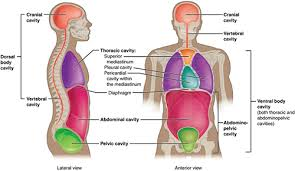
two parts of dorsal cavity
cranial, spinal
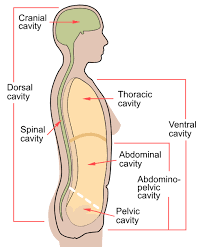
cranial has what organs?
brain in skull

spinal has what organs?
spinal cord in vertebral column
ventral cavity two cavities
thoracic, abdominopelvic
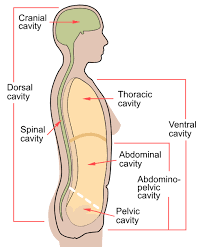
thoracic cavity parts
pleural cavity, mediastinum, pericardial
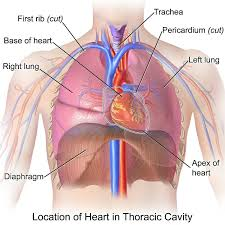
what structures is the thoracic cavity surrounded by
ribs, muscles, diaphragm
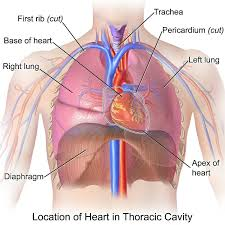
there is a right and left pleural cavity(T/F)
true
pericardial cavity structures
heart, trachea, esophagus, major blood vessels

what structure separates the two ventral cavities
diaphragm
what type of organs are in the abdominal cavity?
digestive, spleen

what type of organs are in the pelvic cavity
bladder, urinary
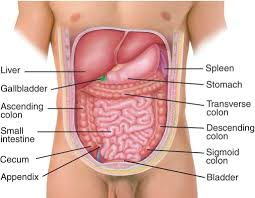
what is the largest cavity of the body
abdominopelvic
right hypochondriac region organs
gallbladder, liver

right iliac region organs
cecum, appendix
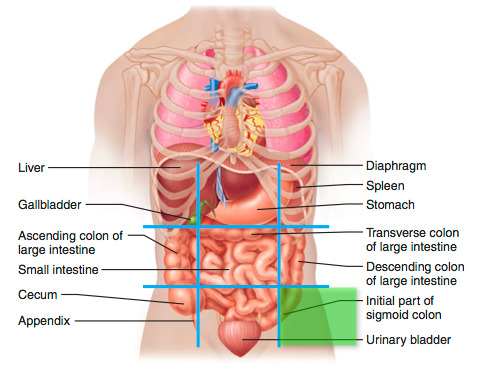
4 quadrants of abdominopelvic
LUQ,LLQ,RUQ,RLQ
right lumbar region organs
ascending colon

umbilical region organs
small intestine, transverse colon
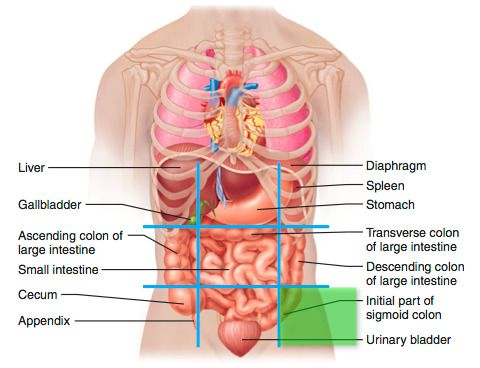
epigastric region organs
stomach
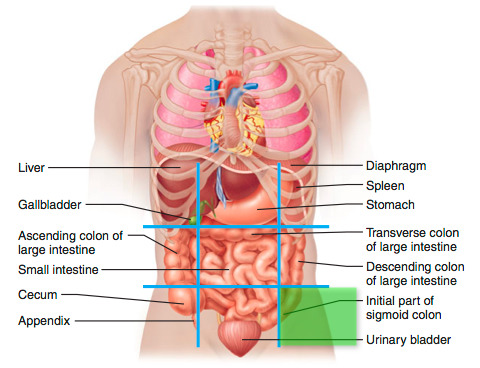
hypogastric organs
bladder
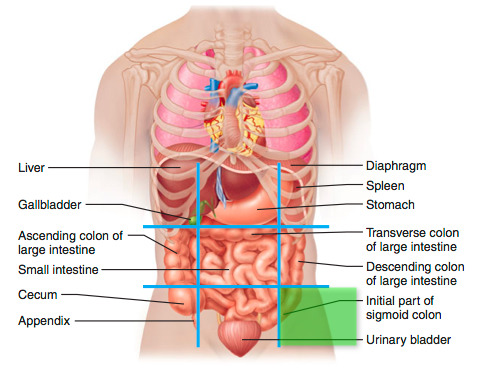
left hypochondriac region organs
diaphragm, spleen
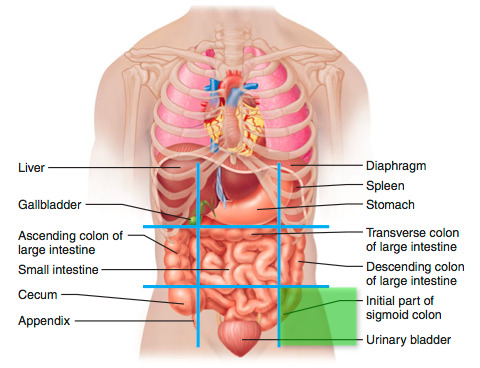
left lumbar region organs
descending colon
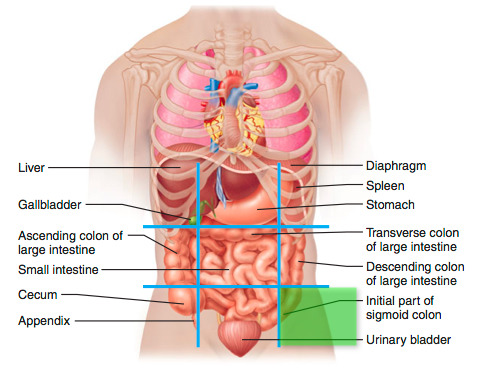
left iliac region organs
sigmoid colon
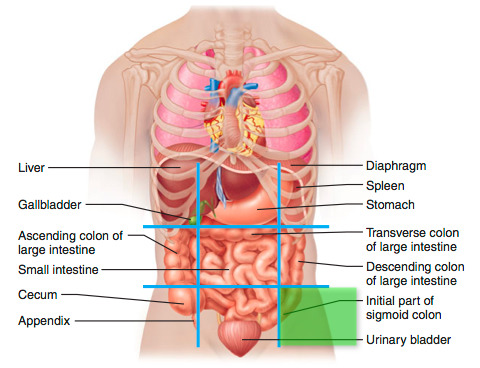
6 organizational levels
chemical, cellular, tissue, organ, system, organism
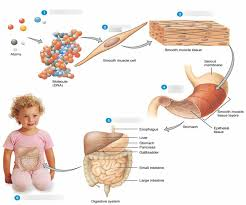
integumentary system organs
hair,skin,nails
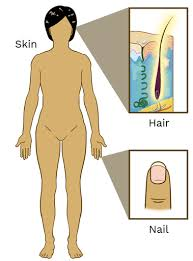
integumentary system function
encloses body, sensory receptor site
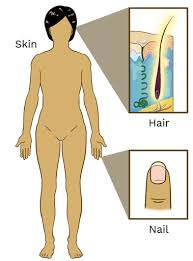
skeletal system organs
bones, joints, cartilage
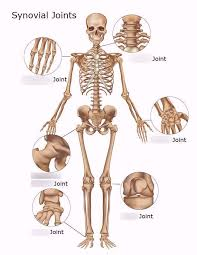
skeletal system function
support, movement, create blood cells
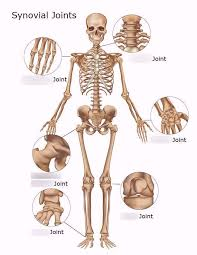
muscular system organs
skeletal muscle, tendons
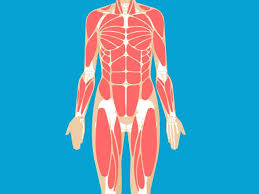
muscular system function
movement, maintain temperature

nervous system organs
brain, spinal cord, peripheral nerves
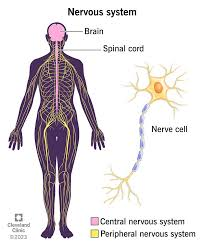
nervous system function
detect/process sensory info, activate bodily responses
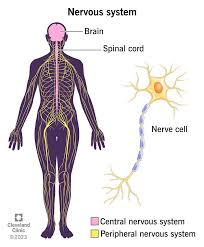
endocrine system organs
adrenal glands, pituitary gland, pancreas, testes, thyroid, ovaries
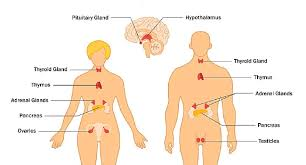
endocrine system function
secrete hormones, regulate body processes

cardiovascular system organs
blood vessels, heart

cardiovascular system function
deliver oxygen and nutrients, equalize temperature

lymphatic system organs
spleen, lymph nodes, lymphatic vessels, thymus

lymphatic system function
return fluid to blood, defend against pathogens
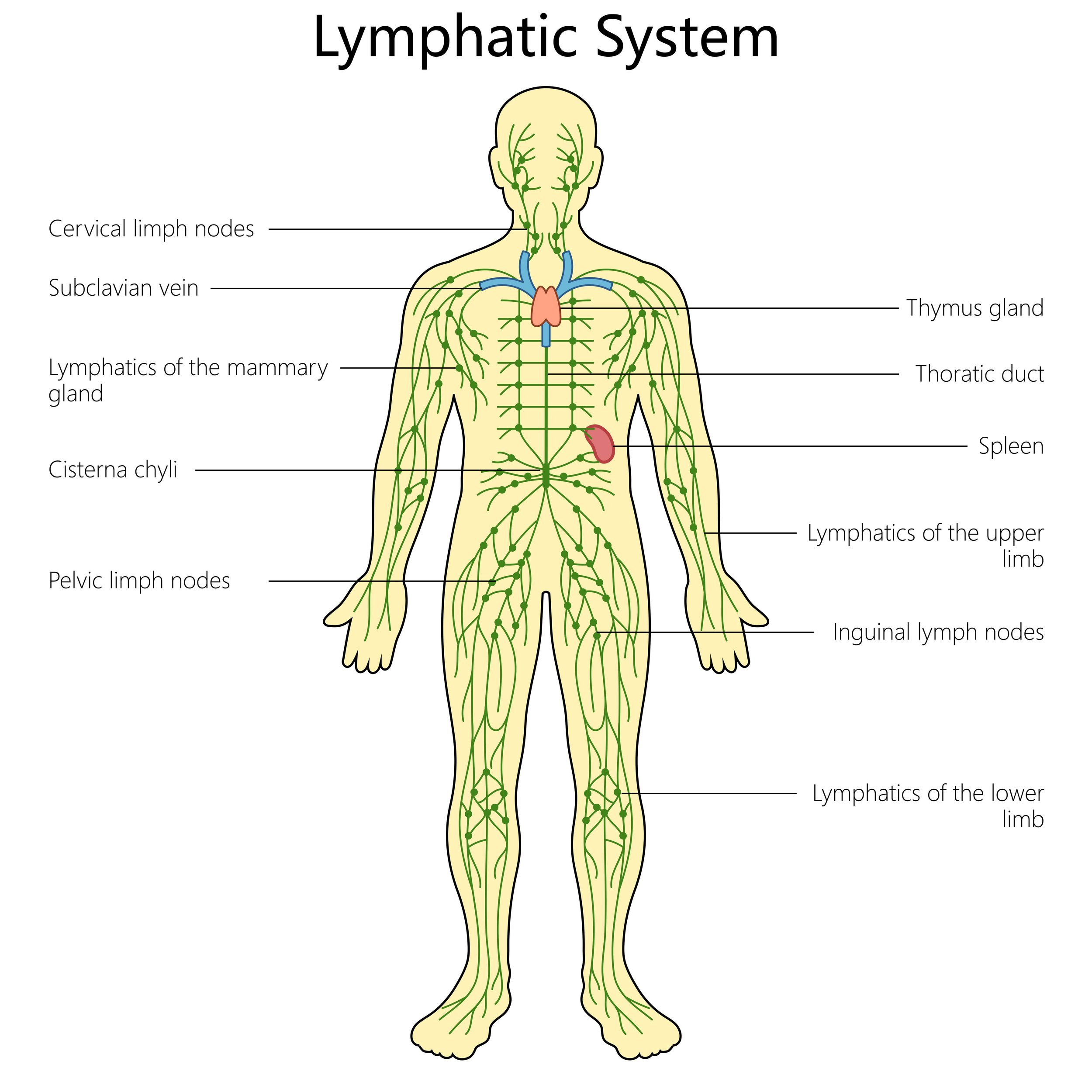
reparatory system organs
lungs, nasal passage, trachea
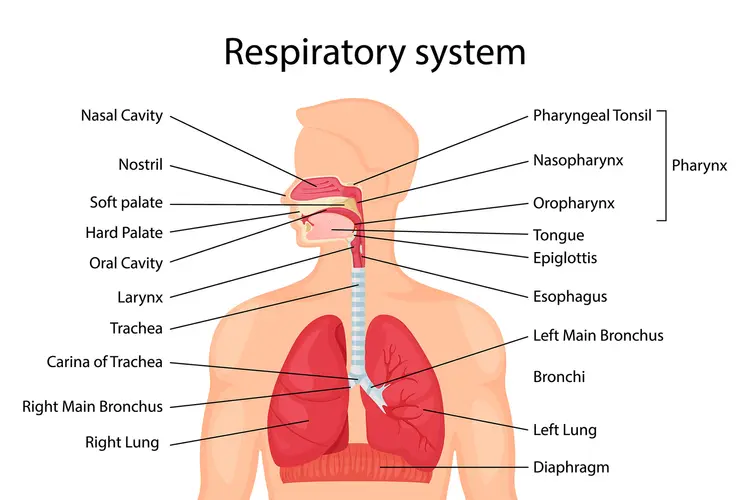
respiratory system function
remove carbon dioxide, deliver oxygen

digestive system organs
stomach, small intestine, large intestine, liver, gallbladder
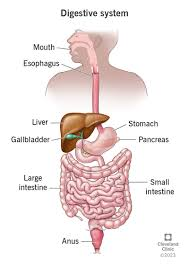
urinary system organs
kidneys, urinary bladder
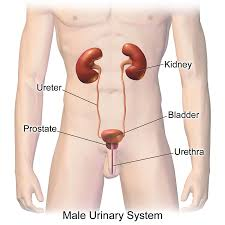
digestive system function
process food, remove waste
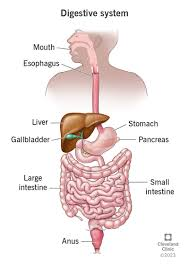
urinary system function
control water balance, remove waste
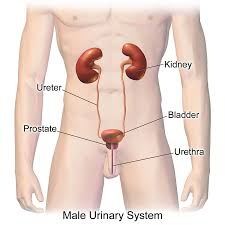
male reproductive system organs
epididymis, testes

female reproductive system organs
mammary glands, ovaries, uterus
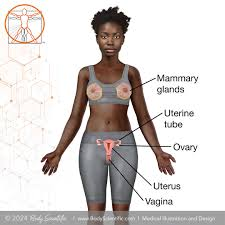
male reproductive system function
produce sex hormones and gametes, deliver gametes

female reproductive system function
produce sex hormones and gametes, support embryo/fetus till birth, produce milk
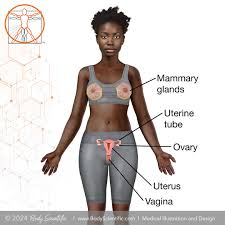
what is the most common feedback loop
negative
homeostatic control mechanisms process
variable, stimulus, receptor, input, control center, output, effector
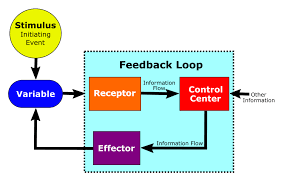
what two systems control homeostasis
nervous, endocrine
physiology
study of function
anatomy
study of structures of the body and relationships
two types of anatomy
gross, microscopic
gross anatomy
visible to naked eye
3 types gross anatomy
surface, regional, systemic

microscopic anatomy
cannot be seen with eye
cytology vs histology
study of cell and tissue
Midsaggital
Divides body directly through middle
Oblique plane
Diagonal sectioning